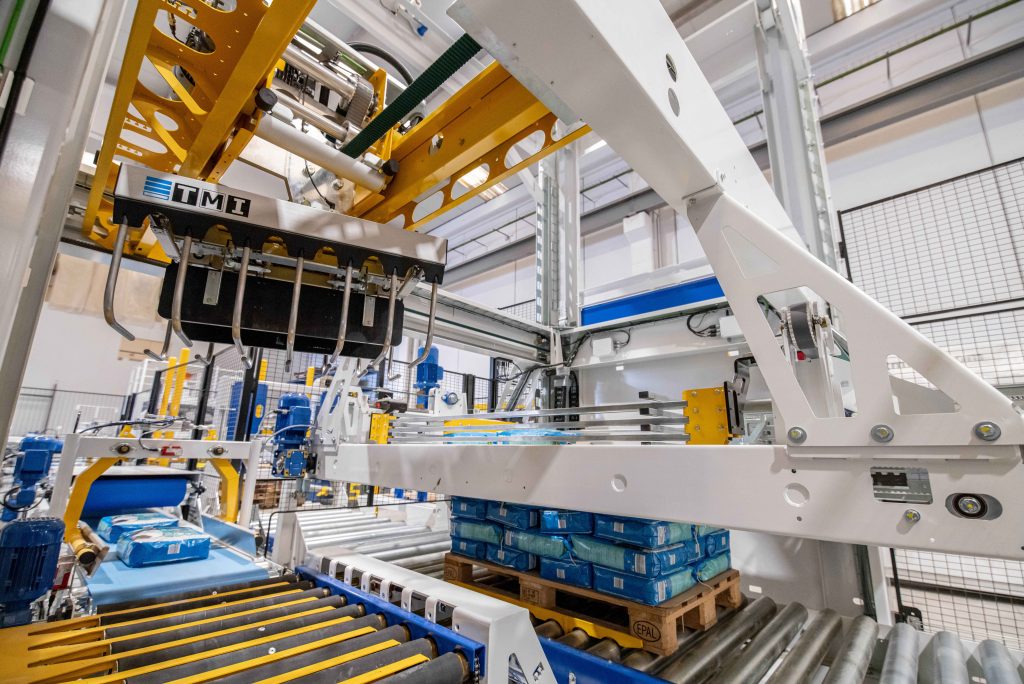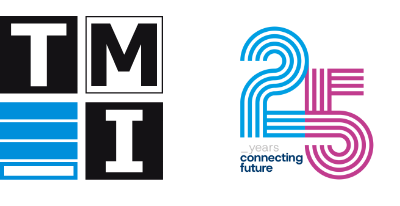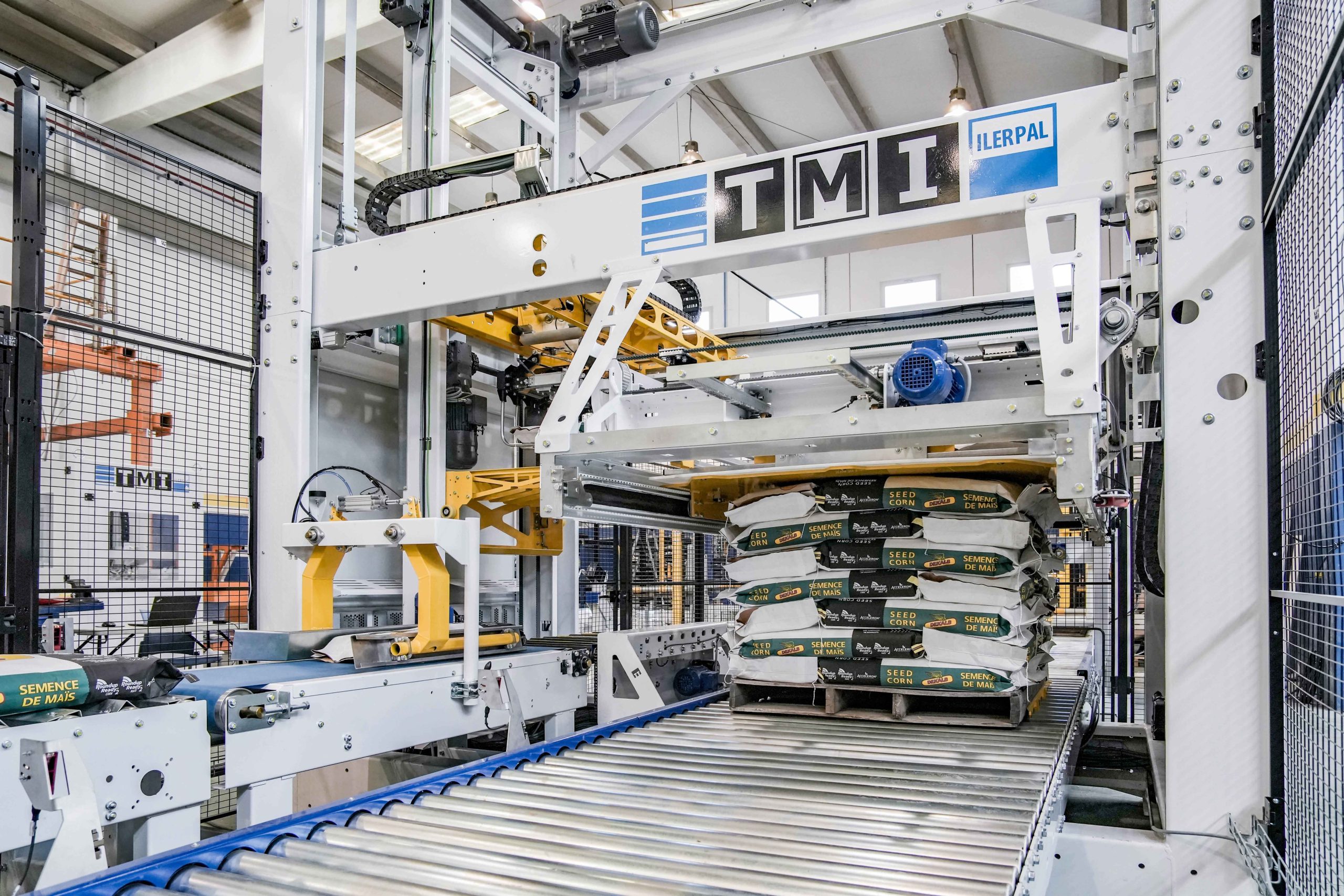In the packaging sector, the bagging process has always been given more value: development of new materials and lighter formats, incorporation of electronic weighing and dosing systems for greater precision, etc. Palletizing, on the other hand, has always been secondary, as it is considered a job that does not require operator training and is purely physical.
However, in the current context of the industry, this perspective has changed. New occupational health and safety regulations, as well as greater demands on pallet finishing to make better use of storage and transport space, have meant that palletizing has become one of the main reasons why companies are automating the end-of-line.

When a company should consider whether to automate palletizing.
Not all plants need to automate palletizing at the same stage. However, there are a number of indicators that show when it is time to do so, such as:
- High throughputs or large batches of the same product: when the volume of bags per hour exceeds the operational capacity of one or more workers, automation improves the pace and consistency of stacking.
- Lack of operators or personnel turnover: manual palletizing is a repetitive and physically demanding task, with high labor turnover. Automation guarantees continuity and stability in production.
- Handling of heavy bags (over 10 kg): a voids injuries and reduces ergonomic risk, complying with current prevention regulations.
- Space optimization: an automated system improves stacking accuracy, reduces the volume occupied by pallets and maximizes warehouse and shipping utilization.
How to choose the right palletizing system.
Once we have analyzed these points and see that several of them are met, we can start thinking about what type of palletizer is best for our production line.

For industry experts, there are several important points when choosing a type of palletizer, such as:
- Available space.
- Level of automation.
- Production required.
- Multiformat to palletize.
- Type of packaging.
- Number of lines to be palletized simultaneously.
- Palletizing height.
- Load stability.
- Pallet finish.
At TMI, as a manufacturer and specialist in palletizing systems with 25 years of experience, we have solutions adapted to all these requirements.
Our work always begins with a visit to the client’s plant to understand their needs, see the available space and, based on all the information gathered, provide technical advice on the best solution for their project.
Types of palletizers and their applications.
- Layer palletizers: recommended for valve and FFS bags with few format changes and throughputs up to 2200 bags/h.
- Hybrid palletizers: recommended for open mouth bags, as they allow overlapping the bags. They can handle a wide variety of formats and speeds up to 1500 bags/h.
- Palletizerswith anthropomorphic robot: recommended where space is limited and to be able to serve several simultaneous production lines. They can offer speeds of up to 600 bags/h depending on several factors, such as their level of automation, production lines to be palletized and equipment distribution.
- Cartesian type palletizers: recommended for low productions and reduced spaces. Their level of automation is variable.
Benefits of automation: efficiency and connectivity.
In addition to reducing physical effort, palletizing automation makes it possible to control and optimize OEE (Overall Equipment Effectiveness), a key indicator of overall line performance.
TMI equipment integrates OEE systems for real-time visualization and communication via OPC-UA, allowing the customer to connect the data with SCADA or plant management systems.
In addition, all solutions include remote connection for diagnosis and immediate support. This guarantees a rapid response to any incident and minimizes downtime (90% of incident resolutions are solved remotely), a critical factor for operational profitability.
And in the event that the intervention of our personnel is necessary for the resolution of the incident, our international network of subsidiaries and distributors allows us to provide local, fast and quality technical service anywhere in the world. anywhere in the world.
Palletizing automation for greater efficiency.
Palletizing automation is not simply an end-of-line modernization, but a further step towards more efficient, safe and sustainable production.
The decision of when, how and with which solution to do so must be based on sound technical criteria, actual operating data and a medium- to long-term plant vision.
Jordi Martín, LATAM Sales Manager
At TMI we offer you our engineering team to evaluate your operational scenario and design the most suitable palletizing solution in terms of productivity, reliability and adaptability. If you want us to help you in your palletizing automation project, contact us.


